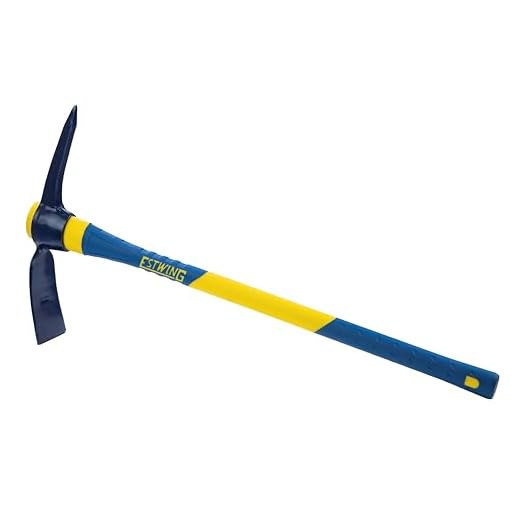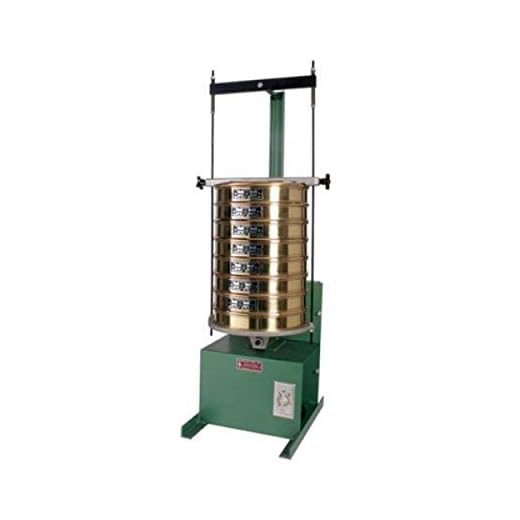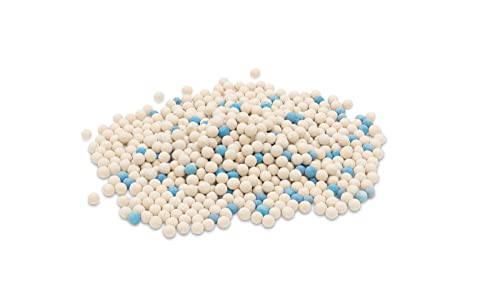




When it comes to gardening or landscaping, having clean and well-sieved soil is essential for healthy plant growth. One common problem faced by gardeners and landscapers is the presence of stones in the soil. These stones not only impede the growth of plants by taking up space and blocking the expansion of roots, but they also make the soil difficult to work with. Fortunately, there are several methods that can be employed to effectively sieve stones from soil.
One method involves using a sieve or a screen to separate the stones from the soil. This can be done by placing a layer of soil on top of the sieve and gently shaking or sifting it. The smaller particles of soil will fall through the sieve, while the larger stones will remain on top. This process can be repeated several times until the desired level of stone removal is achieved.
Another method is to use water to separate the stones from the soil. This can be done by filling a bucket or a container with the soil, adding water to it, and stirring it vigorously. The stones, being heavier than the soil, will settle at the bottom of the container, while the soil will remain suspended in the water. The water can then be carefully poured out, taking care not to disturb the settled stones. This process can be repeated multiple times to ensure thorough stone removal.
It is important to note that while these methods are effective in removing stones from soil, they may also result in the loss of some beneficial organic matter or nutrients. Therefore, it is recommended to add compost or organic fertilizers to the sieved soil to replenish any lost nutrients and improve its overall quality.
In conclusion, removing stones from soil is a crucial step in gardening and landscaping. By employing methods such as sieving or using water, gardeners and landscapers can effectively separate stones from the soil, ensuring optimal conditions for plant growth. However, it is important to supplement the sieved soil with organic matter to maintain its fertility and nutrient content.
Techniques for Removing Stones from Soil
When it comes to working with soil, one of the common challenges is dealing with stones. Stones in the soil can interfere with planting, hinder root growth, and make cultivation difficult. Fortunately, there are several techniques that can help in efficiently removing stones from the soil.
Pick and Shovel Method
The pick and shovel method is a manual technique that involves using tools like a pickaxe and shovel to remove stones from the soil. This method is suitable for small areas or when the stones are large and easily visible. Start by using the pickaxe to loosen the soil around the stones, and then use the shovel to lift the stones out of the soil. Repeat this process until all the stones are removed.
Sifting Method
The sifting method is effective for removing smaller stones from the soil. To implement this technique, build a sifter using a wooden frame and metal mesh. Place the sifter over a wheelbarrow or another container, and then shovel the soil onto the sifter. Shake the sifter gently, allowing the soil to fall through the mesh while retaining the stones on top. Remove the stones and repeat the process until the desired level of stone removal is achieved.
Note: It’s important to wear protective gloves and use caution when handling tools and machinery to prevent injury.
In conclusion, whether you prefer the manual pick and shovel method or the sifting method, removing stones from soil is an essential step in preparing your garden or landscaping area. By implementing these techniques, you can ensure that your soil is free from stones and ready for successful planting and cultivation.
Mechanical Method
The mechanical method of sieving stones from soil involves the use of machinery to separate the two materials. This method is commonly used in large-scale construction and landscaping projects where large amounts of soil need to be processed quickly and efficiently.
1. Vibrating Screens
Vibrating screens are commonly used in the mechanical method of stone sieving. These screens consist of multiple layers of mesh that allow soil to pass through while capturing larger stones. The screens are set at an angle and subjected to vibrations, which causes the soil to move downward while the stones are retained on the screen. The separated stones can then be collected and disposed of or used for other purposes.
2. Trommel Screens
Trommel screens are another mechanical method that can be used to sieve stones from soil. These screens consist of a rotating cylindrical drum with perforated plates or mesh screens. As the drum rotates, the soil is fed into the top of the drum and tumbles within it. The smaller soil particles fall through the perforations, while the larger stones are retained and carried to the end of the drum, where they can be collected and removed.
Both vibrating screens and trommel screens can be adjusted to different sizes and configurations to suit the specific requirements of the project. The efficiency of the sieving process can also be enhanced by using various mesh sizes and by controlling the speed and amplitude of the vibrations or rotation of the drum.
| Advantages | Disadvantages |
|---|---|
|
|
Hand Sorting
Hand sorting is a simple and effective method for removing stones from soil. This method is particularly useful when dealing with small quantities of soil or when working in areas with delicate plants or flowers.
To begin, spread the soil out in a thin layer on a clean, flat surface, such as a tarp or plastic sheet. The thin layer will make it easier to see and remove the stones.
Next, carefully inspect the soil and pick out any visible stones by hand. It is important to be thorough and ensure that all stones are removed. Keep in mind that some smaller stones or pebbles may be easily overlooked, so take your time and inspect the soil from different angles.
While hand sorting, it may be helpful to wear gloves to protect your hands and reduce the risk of injury. Additionally, using a small handheld tool, such as a trowel or hand rake, can make it easier to remove stones that are embedded or partially buried in the soil.
Once all the visible stones have been removed, gather them into a separate container for disposal. The remaining soil can then be used for gardening or landscaping purposes.
Hand sorting is a time-consuming process, especially when dealing with larger areas or higher volumes of soil. In such cases, mechanical methods, such as using a sieve or filter, may be more efficient.
Sieving Techniques
When it comes to sieving stones from soil, there are various techniques that can be employed to achieve effective results. Here are some common sieving techniques:
- Hand Sieving: This is the most basic sieving technique, involving the use of a handheld sieve. Simply pour the soil into the sieve and manually shake it back and forth, allowing the smaller stones to fall through while retaining the larger ones.
- Screen Sieving: Screen sieving involves using a larger, framed sieve with a metal or plastic mesh screen. This technique is more efficient than hand sieving as it allows for a larger amount of soil to be sieved at once. The soil is poured onto the screen, which is then gently shaken or agitated to sift out the stones.
- Mechanical Sieving: For larger-scale projects, mechanical sieving can be employed. This technique involves the use of a motorized sieve machine that quickly and efficiently separates stones from soil. The soil is loaded into the machine, which then vibrates or oscillates to sieve out the stones.
Regardless of the sieving technique used, it is important to ensure that the soil is properly prepared before sieving. This may involve removing any large debris or clumps of soil that could clog the sieve, as well as moistening the soil if it is too dry. By employing the right techniques and preparing the soil properly, you can effectively sieve stones from soil and achieve the desired results.







